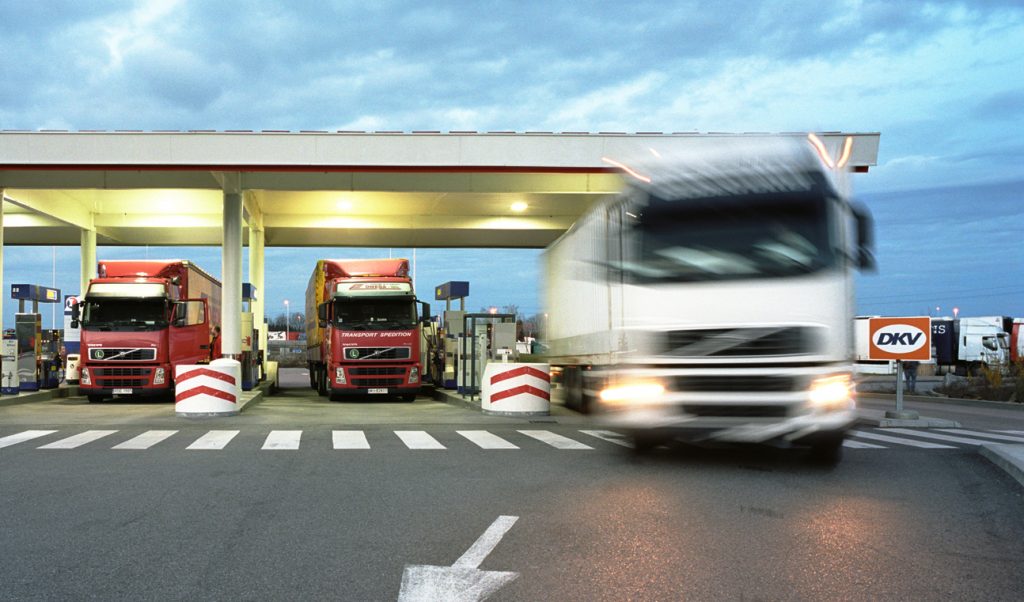One in Five Driver Seats Unfilled in European Road Transport, Says IRU
21st March 2019

The European road transport sector is facing the most acute professional driver shortage in decades, a new report by the International Road Transport Union (IRU) has found.
The report is based on insight from stakeholders across the European transport industry and drawn from two surveys conducted by IRU.
Polling of IRU members and associated organisations in Europe from October 2018 to January 2019 revealed a visible driver shortage of 21% in the freight transport sector and 19% in the bus and coach sector. The problem is accelerating, with the shortfall predicted to reach 40% in both sectors as demand grows in 2019.
According to IRU’s research:
· 57% of male drivers and 63% of female drivers believe the poor image of the profession is stifling recruitment.
· 79% of drivers believe the difficulty of attracting women to the profession is one of the top reasons for the driver shortage. This is underlined by data from the International Transport Forum, showing female drivers make up just 2% of European road transport drivers[1].
· 70% of drivers aged 25-34 believe the difficulty of attracting young drivers is one of top reasons for the driver shortage.
· Amongst drivers, 76% believe that working conditions, and 77% think long periods away from home deter many from entering the profession.
· The industry also suffers from an ageing labour force. In Europe the majority of freight transport sector companies are employing drivers whose average age is 44 years old, while in the passenger transport sector the average age of their employed drivers is 52 years old.
Some highlights from the report:
· In the UK, the country’s exit from the European Union arrives just as its shortage of drivers is estimated to be growing at a staggering rate of 50 drivers per day.[2]
· The average driver age in Germany is now over 47, meaning that some 40% of the truck and 55% of bus driver workforce is expected to retire by 2027, creating a shortfall of around 185,000 drivers.
· In Belgium, bus operators estimate that the needs of the industry will require them to hire 28% more drivers than levels in 2018, resulting in a driver shortage of almost 50%.
· In Norway truck companies estimate that their demand for drivers will increase by 12% in 2019. Combined with the 22% vacancy rate identified in 2018, this will increase their driver shortage to 35%.
· Truck companies in Romania faced a driver shortage of 37% in 2018 and indicated that 32% more drivers would be needed for growth in 2019, creating a driver shortage of almost 70% if the problem is not addressed.

